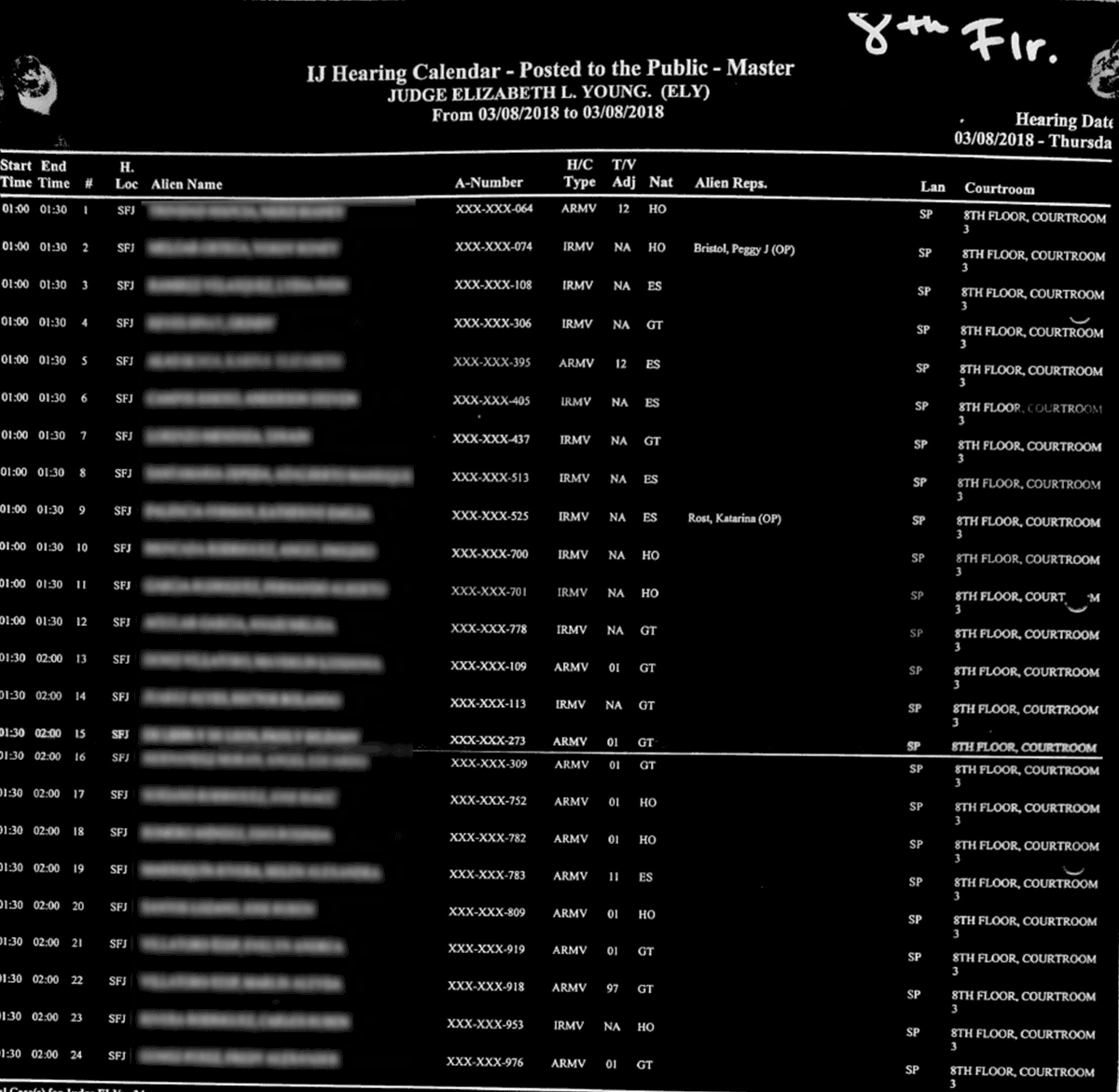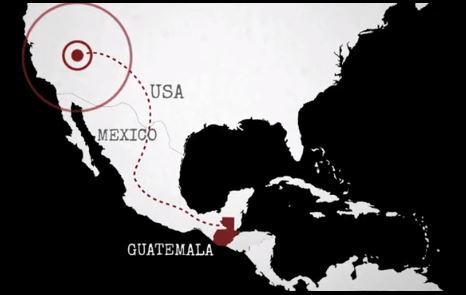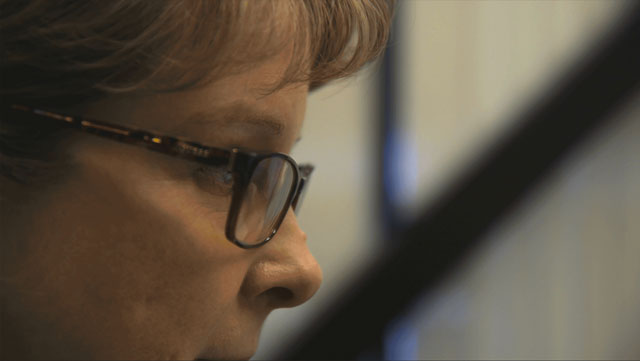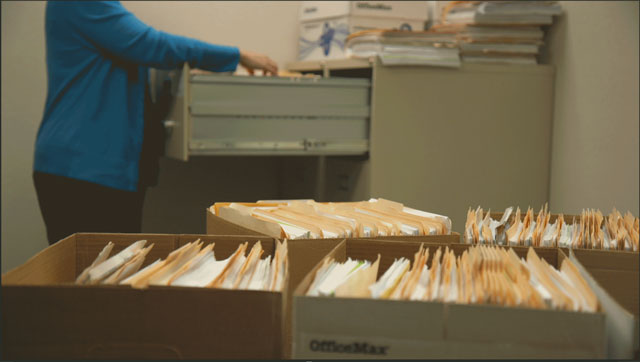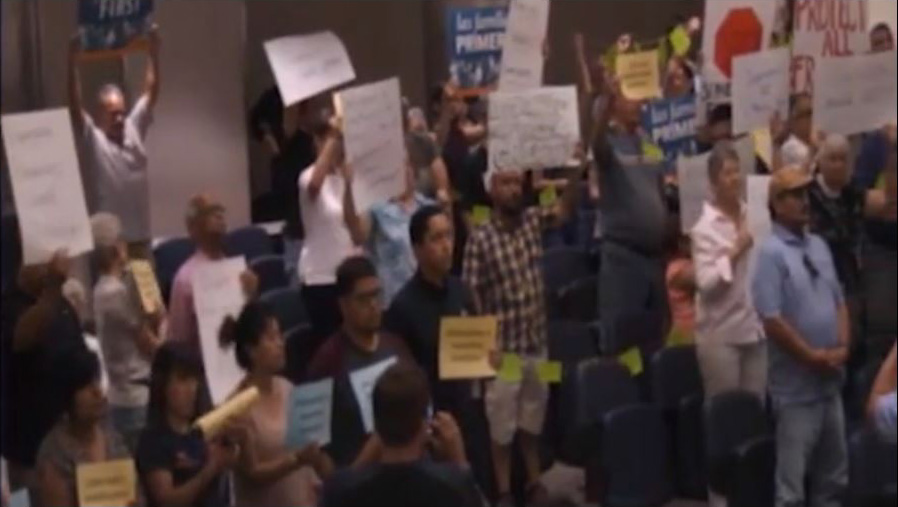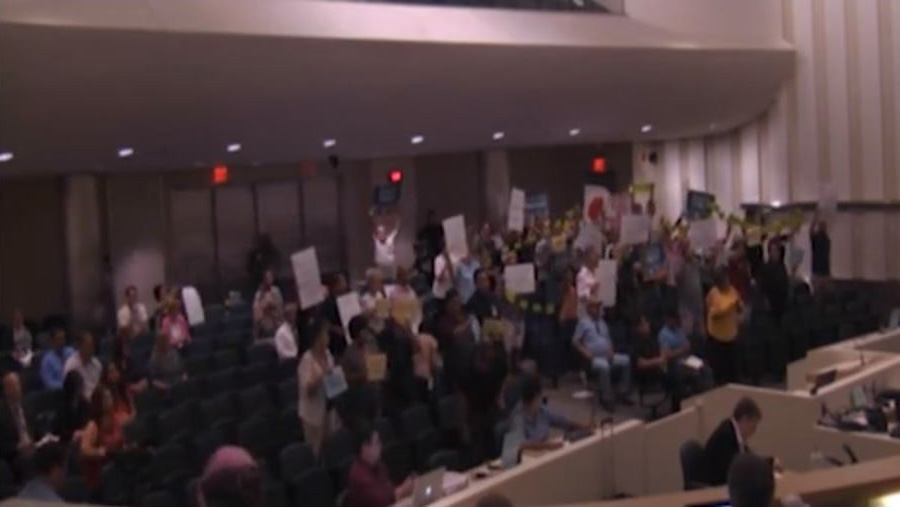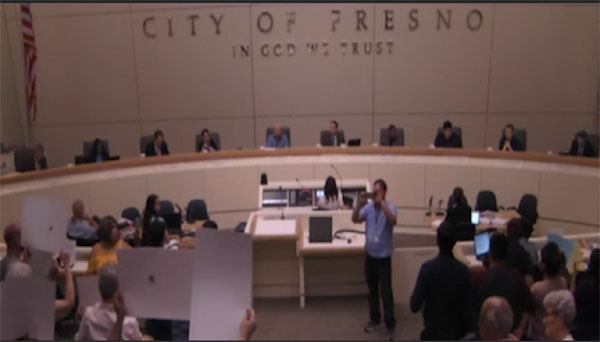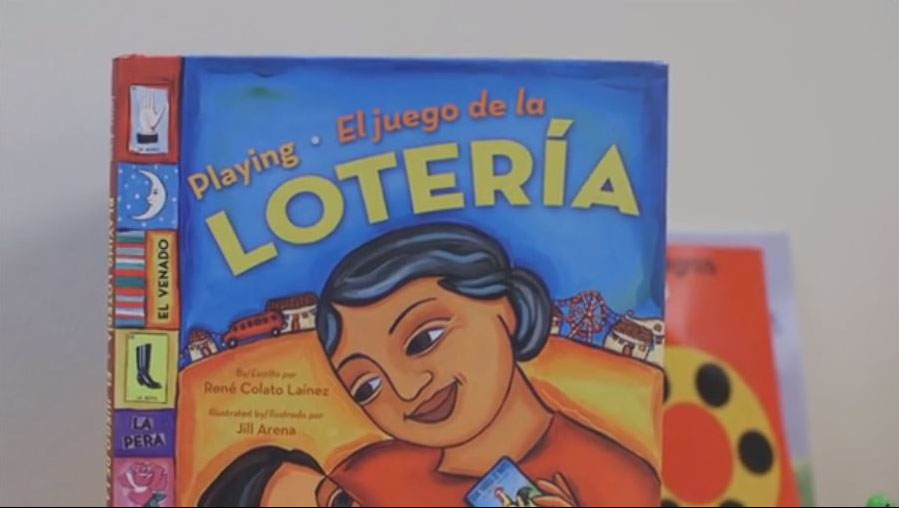Clients are requesting appointments. Others desperately need legal advice. With about 3,000 active cases, Doerrie’s earliest availability for many consultation-seekers without tight deadlines was close to 90 days. She gives priority to the most urgent cases. That means she turns people away on a daily basis. As one of the few immigration attorneys in Fresno, she says the demand for her services is overwhelming.
“I’m still in my office after 7:00 p.m. on a Friday night, so that may provide some insight in determining the level of demand for immigration legal services versus supply right now,” Doerrie wrote in an email one evening last spring.
The American Immigrant Lawyers Association (AILA) lists 28 member attorneys within a 50-mile radius of the city of Fresno. In her almost 14 years of practicing law in Fresno, Doerrie, 46, said she doesn’t believe she’s ever encountered at least six of the attorneys on the list, despite the fact that she’s the current AILA co-liaison in Fresno, and she said that there are another five or so who she doesn’t believe are extremely active in immigration law and have concentrated in other areas. By her count, the list is down to around 17 active immigration lawyers in the are. While there are active immigration attorneys in Fresno who aren’t members of AILA, there are still not enough to meet the demands of the roughly 200,000 immigrants living around Fresno county. Even fewer have expertise in child immigration law to help unaccompanied children like Eduardo and Zoe.
After arriving in the Central Valley, Eduardo started searching for an attorney, but to no avail. As his first court appearance approached, he felt increasingly worried.
“If I went to court without a lawyer, I wouldn't be able to defend myself, because I don’t know how,” he explained. “I would be afraid.”
Distance from immigration court is a major factor that contributes to the lack of attorneys in rural areas.
The immigration court in San Francisco has jurisdiction over localities from Bakersfield all the way to the Oregon border. Yet most attorneys live in metropolitan areas like San Francisco or Los Angeles, where immigration courts are located, because it’s more time and cost-efficient for them to be located near the court where they are required to appear frequently.
“It just makes common sense that lawyers who are practicing immigration law for a living are going to be centered and have offices close to the immigration offices that they serve,” said Dana Marks, the president emeritus of the National Association of Immigration Judges (NAIJ) and an immigration judge in San Francisco.
Fleeing violence, reuniting with family, or searching for economic opportunities are the most common reasons why minors travel to the U.S. alone. More than 50,000 children have shown up at the U.S. border every year since 2014.
Some immigration critics have argued that the sizable increase in unaccompanied children in recent years is a result of perceptions of relaxed immigration policies toward children under the Obama administration.
Due to their age and vulnerability, children have more legal protections than other immigrants. The law mandates that children who show up at the border and are apprehended by Homeland Security can’t be turned away. Instead, they are taken into custody by the Office of Refugee Resettlement. When possible, they are housed with relatives or family friends who have agreed to act as sponsors and provide for their care.
“When I arrived, I was caught by immigration officers. Since I was a minor, they took me to a shelter for minors and asked me if I had family,” recalls the 18-year-old girl.
The officers sent Zoe to live with her father. After being housed with sponsors, children are then usually placed in immigration court proceedings, where a judge decides whether or not they will be deported. These proceedings aim to ensure that the children receive due process and allow them the opportunity to provide evidence that they are in danger of being harmed if deported to their home countries.
The White House has taken a variety of steps to reshape the legal landscape for unaccompanied children in the United States, even before the Trump administration’s family-separation policy generated outrage in the summer of 2018.
In an October 2017 letter to Congress, President Trump sought to restrict the special legal protections, or what he called “loopholes,” that help unaccompanied children gain asylum.
“Loopholes in current law prevent ‘Unaccompanied Alien Children’ (UACs) that arrive in the country illegally from being removed,” the letter read. “Rather than being deported, they are instead sheltered by the Department of Health and Human Services at taxpayer expense.”
Immigration advocates argue that tighter measures may target children who are fleeing abuse or abandonment. “The so-called loopholes … are in fact forms of protection that ensure we do not return unaccompanied children to grave danger,” said Megan McKenna, the director of communications at KIND.
But some argue that Trump's policies have the interests of minors in mind. This is especially true in instances that might constitute as child smuggling, which can cause children harm, said Andrew Arthur, a resident fellow at the Center for Immigration Studies, a conservative think tank which supports stricter immigration control. “There is also a concern that certain gangs may attempt to infiltrate the refugee flow.”
In 2017, California has the highest number of unaccompanied minors going through removal proceedings after Texas. Of the nearly $3 million California spent in 2017-2018 to fund legal services for unaccompanied minors, $125,000 went to cases in Fresno, a $40,000 increase from the year before. Most of the money was allocated to cities with Immigration Courts, like San Francisco or Los Angeles, where the majority of unaccompanied minors are housed. The number of unaccompanied children who settle around Fresno is relatively small when compared with Los Angeles or the San Francisco Bay Area, which means that resources are scarcer.
“The Central Valley has never had an infrastructure that is adequate to serve the needs of the immigrants who live here,” said Jesus Martinez, the chair of the Central Valley Immigrant Integration Collaborative (CVIIC).
Up until two years ago, there were no free legal-service providers for unaccompanied children based in the Fresno area. KIND opened a Fresno branch two years ago, to cater to the increased demand for legal services for immigrant children in that area and is currently the only free legal service provider specifically for unaccompanied minors in the city of Fresno.
One reason for the lack of legal services in Fresno is limited funding, said Jesus Martinez, the director of the Central Valley Immigrant Integration Collaborative (CVIIC). Many people I spoke with described the area's political environment as conservative, which may have made it more difficult to drum up support for funding for the immigrant community. Traditionally, most of the Central Valley has voted red, contrary to the liberal coastal counties of California. In January of 2017, Fresno mayor Lee Brand announced that Fresno wouldn’t join the "sanctuary city" movement, designed to express support for people that enter the United States illegally.



